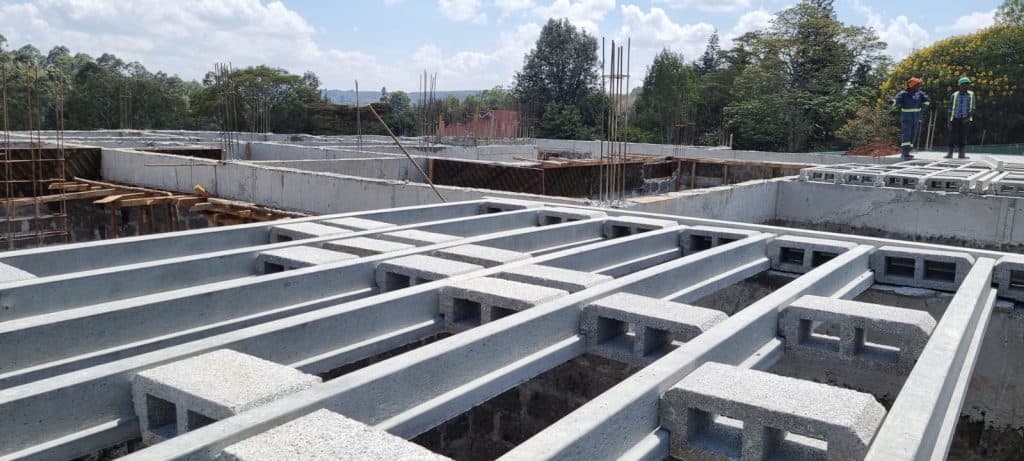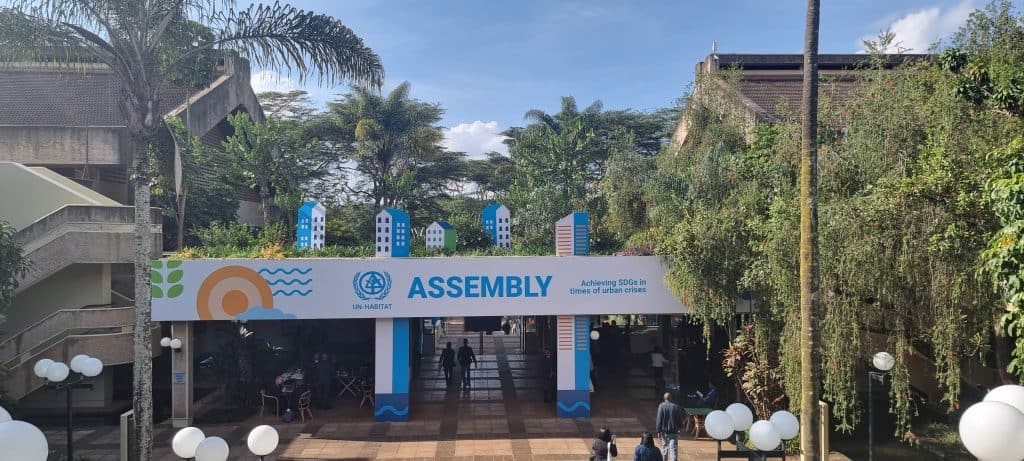The United Nations Assembly 2023 on Sustainability was held from June 5 to June 9 in Kenya, with the participation of 193 member states and various civil society organizations. The main theme of the assembly was “Building a Resilient and Inclusive Future for All”, and the agenda focused on four key areas: climate action, biodiversity conservation, social justice and human rights, and economic
About the Summit
The assembly featured several high-level events and dialogues, such as the Leaders’ Summit on Climate Action, where heads of state and government announced new commitments and initiatives to tackle the climate crisis. The Global Citizens’ Forum on Sustainability, where representatives of youth, women, indigenous peoples, workers, and other groups shared their perspectives and recommendations. The Science-Policy Interface on Biodiversity, where experts presented the latest scientific findings and policy implications of the global biodiversity assessment, and the Business Roundtable on Economic Transformation, where CEOs of leading corporations pledged to align their strategies and operations with the Sustainable Development Goals.
The United Nations Assembly 2023 on Sustainability was widely regarded as a historic and successful event that demonstrated the collective will and ambition of the international community to address the most pressing challenges of our time. The assembly also showcased the diversity and creativity of human potential and the power of multilateralism and partnership. However, the assembly also acknowledged that much more work remains to be done to translate the vision into reality and to ensure that no one is left behind. The assembly called for sustained action and follow-up at all levels and sectors and urged all stakeholders to join forces and work together for a resilient and inclusive future for all.
Thematic debates and discussions during the Assembly focused on,
Universal access to affordable housing: Member States are encouraged to explore mechanisms to achieve the universal right to adequate housing and move towards removing existing barriers to affordable housing.
Urban climate action: to achieve the global commitment to stay within the 1.5˚C limit on rising temperatures by 2030, Member States are encouraged to explore realistic urban pathways for climate action.
Urban crisis recovery: current crises are increasingly more urban, with cities very often serving as the main places of arrival for displaced people. Member States are encouraged to empower cities to respond to urban crises and support national recovery efforts.
Localization of the SDGs: the Assembly looked at local actions needed to advance the implementation of SDGs to meet the 2030 Development Agenda targets. Member States will also be invited to explore financial mechanisms to ensure resources are directed toward urban development and reach local levels.
Prosperity and local finance: to accelerate the achievement of Sustainable Development Goals, respond to urban crises, advance urban climate action, and ensure adequate and affordable housing for all, cities need policies and fiscal resources. Member States are invited to explore policies and market mechanisms to ensure financial flows directed towards urban development and reach local levels.
Beam and Block on Sustainability
A big part of overall sustainability includes the long-established principles of reduction, reuse, and recycling. Precast concrete beam and block perfectly encapsulate sustainability. They are environmentally sound, economical to use, and contribute to social responsibility. It reduces the number of materials used, reusing construction processes like moulds and forms while recycling materials such as concrete aggregates and additives.
Beam and block flooring system is a precast slab solution, used for floor/roof slabs as well as multi-story and commercial buildings. It is made of cast concrete, one piece is an inverted T-shaped prestressed beam, and the other piece is a structural infill block. The production of the precast slab involves use and reuse of materials that are readily available in almost all parts of the country which cuts down on the carbon footprint of transport.

Why is Beam and Block Sustainable
One of the main benefits of beam and block slab is that it reduces the environmental impact of construction. The precast concrete beams and blocks are manufactured in a controlled factory environment. This minimizes waste, energy consumption, and emissions. The beams and blocks can also be recycled at the end of their life cycle, reducing the need for landfill disposal. Moreover, the beam and block slab system can incorporate thermal insulation and acoustic insulation materials, which improve the energy efficiency and comfort of the building.
Another benefit of beam and block slab is that it enhances the structural performance and durability of the flooring system. The precast concrete beams and blocks are designed to withstand high loads and stresses, as well as fire, moisture, and chemical resistance. The beam and block slab system also allows for flexible design and layout options, as the beams can be cut to fit specific configurations. Furthermore, the beam and block slab system can be installed quickly and easily, saving time and labour costs.
During the installation of the beam and block no shutters and props are put in place to create a support base. This helps in forest conservation. Imagine cutting down a whole forest just to create a support base for one building. Disaster in the making.
Conclusion
In conclusion, beam and block slab is a sustainable flooring system that offers many advantages over conventional methods. It reduces the environmental impact of construction, improves the energy efficiency and comfort of the building, and provides a strong and durable flooring solution. Beam and block slab is an ideal choice for residential, commercial, and industrial projects that require high-quality and cost-effective flooring systems.

